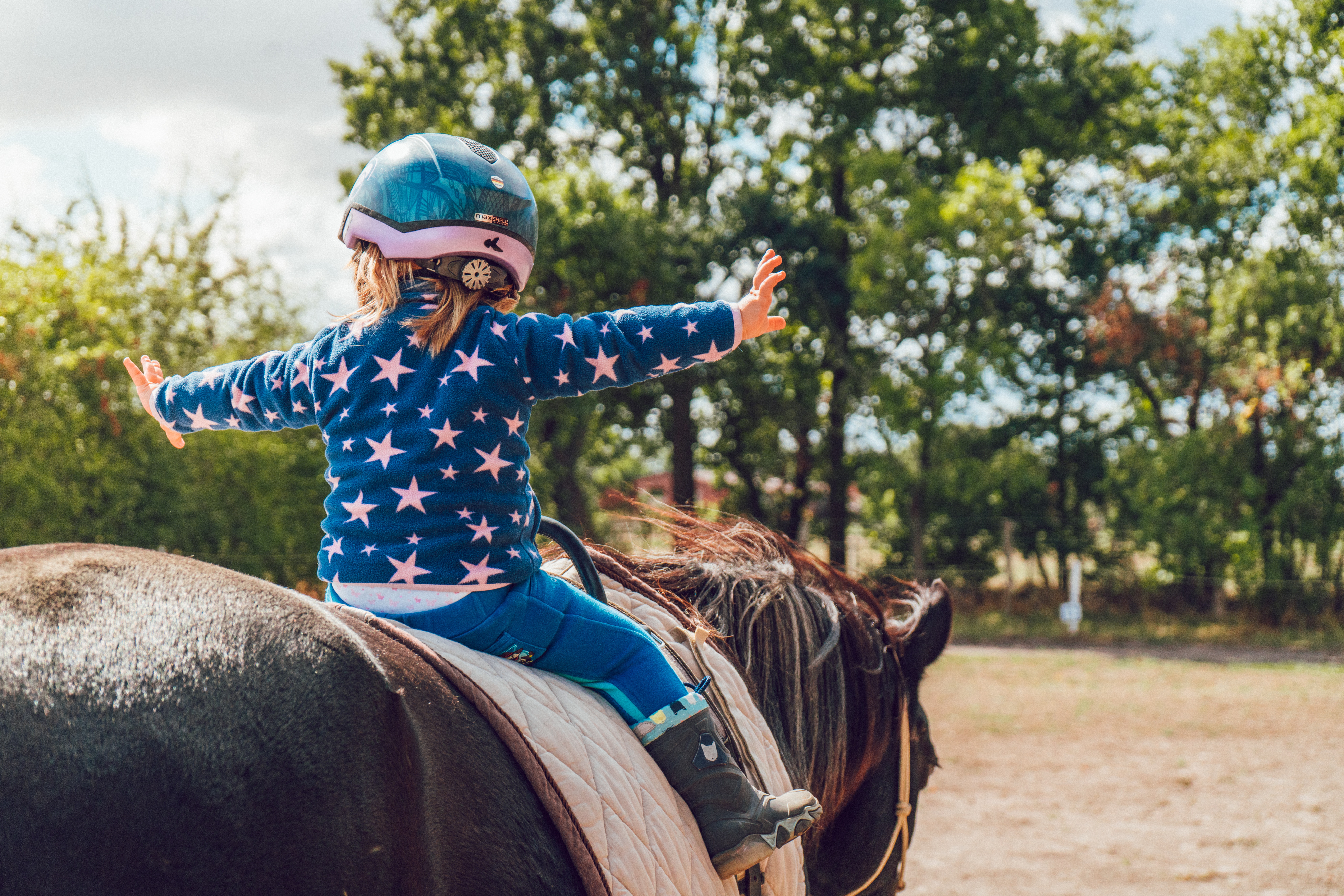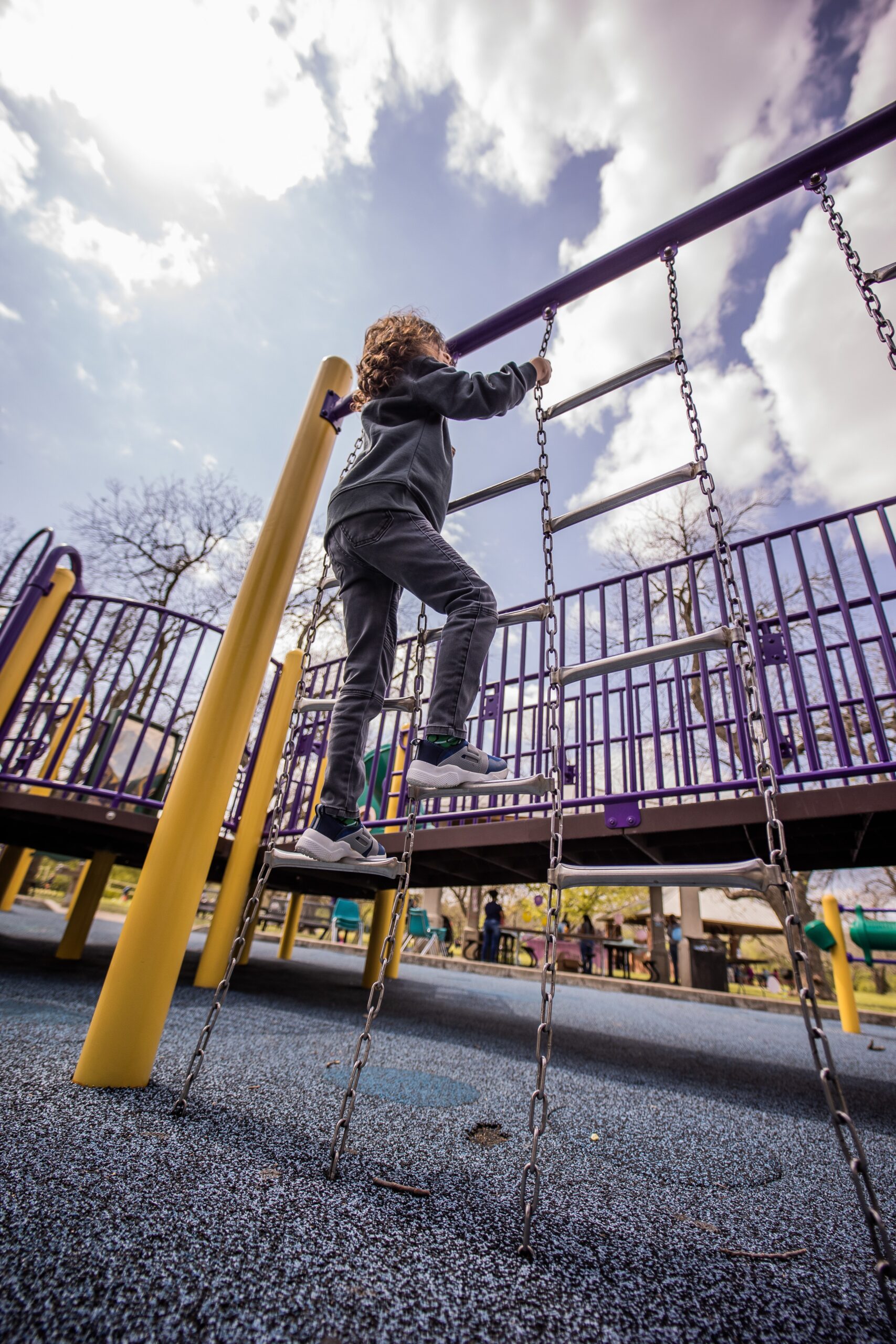Did you know that using courage almost always means you’re going to be uncomfortable?
Blech.

This is because courage is defined by the ability to do something that frightens you! That means that when you’re acting with courage, you’re doing something uncomfortable or scary even when it’s hard to do so.
This part of the definition of courage (that you’re actually doing something scary!) is important for children — and adults — to understand. Sometimes we get the false impression that courageous people are somehow braver than us ordinary people.
Superman is super strong and saves the world, after all, so it may seem that courage is just for the super strong, super brave, super heroic people of the world.
But everyone can have courage, even the smallest preschoolers among us. In fact, the smallest preschoolers among us frequently use courage because they often feel fear but do the scary thing anyway.
Courage Takes Support

How to teach children courage? Remember that your child will need support as they develop this important character trait. Feeling fear, moving through it, and doing the scary thing takes a lot of skill, practice, and encouragement.
As a parent, you walk a delicate line: you want your child to feel the fear and move through it because this builds strength. However, you don’t want to push your child beyond their capabilities.
Stay close, be a careful observer, and help your child through every step of the process.
And remember: teaching children courage really is a process! It can take several repetitions of an experience before your child is able to feel fear, move through it, and do the scary thing. Heck, adults often have to go through several repetitions to finally act courageously! This is a lifelong process. Keep that in mind while you teach your child courage, using the following strategies.
Send Clear Messaging
Be sure to send a clear message that it’s okay to be scared or nervous. Remember, we sometimes get the message that strong superheroes are the only ones with courage, rather than the little people with big, scared feelings. Allowing your child to feel scared will help them to move through that feeling and face hard challenges with courage.
Naming emotions is a great way to help your child process their internal state. “I can see you are nervous. That’s okay. I’m here with you.” This messaging goes a long way for a child who is still learning about the world. This helps them identify what they are feeling while experiencing the nearness and security of their trusted adult.
Then, “I believe in you. I’m here to help you use your courage.” This helps your child feel your strength and confidence in them, while trusting you to help them take courageous steps.
Identify Courageous Actions

Point out when your child does something that was hard to do. The more they hear that they already do hard things, the more they will believe they can.
Try and identify the little things that we tend to gloss over, like:
- trying a new food
- talking to a new friend
- trying a new piece of equipment at the playground
- doing anything new!
- admitting they were wrong. This is hard for anyone to do! When your preschooler does this, that takes courage!
- asking for help
- being kind when it is hard to do so
- making good choices when other children are not
Be a Role Model
Model courage to your child. Be sure to tell them when you choose to do something that scares you. Use the word “courageous” to help your child cement the concept: “I am feeling scared, but I am going to try to be courageous and make this difficult phone call.”
Find good role models around you, as well. Courageous characters are found in every story ever written! Point them out as you read books together. And express your admiration for real-life people who are making courageous choices as well.
Play
Children learn best through play. They naturally tend to act out versions of courage in their pretend play. (Think: a doctor saving a patient, a mermaid battling a shark, a unicorn fighting against the evil wizard, a pirate braving the stormy seas in search of treasure – all of these play examples involve playing at courage!)
Encourage this! And if you’re feeling courageous (wink), release your inner child and join in the pretend play, adding to your child’s courageous solutions for the pretend challenges.
At UDA Creative Arts Preschool, we teach character traits like courage, patience, kindness, and more to help children build their developing skills. We also provide a learning environment in which children can learn through their interactions with others. Learn more about our curriculum and play-based learning. Call us at (801) 523-5930 for a tour.
